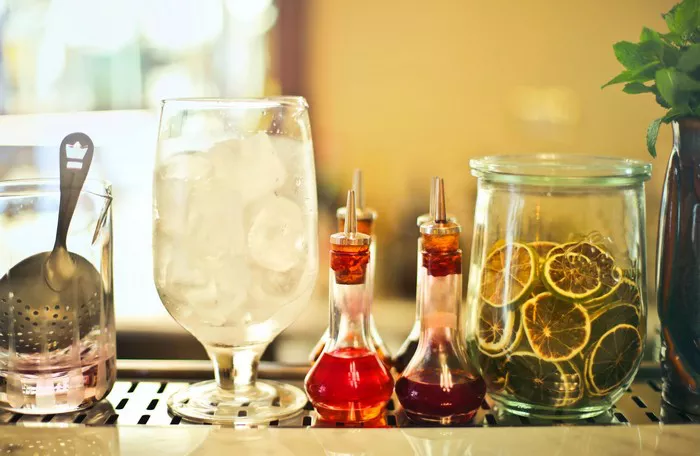In the world of distilled spirits, whiskey holds a cherished place, with its rich history and diverse variations captivating enthusiasts around the globe. Among the numerous classifications within the whiskey spectrum, one term frequently arises: bottom shelf whiskey. But what exactly is bottom shelf whiskey, and why does it warrant attention amidst its more prestigious counterparts? Delving into its origins, characteristics, and enduring appeal provides valuable insights into this often underestimated libation.
Defining Bottom Shelf Whiskey
At its core, bottom shelf whiskey represents a category of distilled spirits that typically occupies the lower tiers of liquor store shelves, often distinguished by its affordability and accessibility. However, the term “bottom shelf” doesn’t necessarily denote inferior quality; rather, it signifies a pricing and marketing strategy employed by distilleries to cater to a broader consumer base. Thus, bottom shelf whiskey encompasses a diverse range of brands and expressions, spanning various styles and flavor profiles.
Exploring the Origins
The genesis of bottom shelf whiskey traces back to the democratization of spirits consumption in the United States during the 19th century. As distillation techniques advanced and production scaled up, whiskey became more accessible to the masses. This accessibility gave rise to a spectrum of quality and pricing, with some distilleries opting to offer more affordable options to compete in an increasingly crowded market.
See Also: good tequila for margaritas
Understanding the Production Process
While bottom shelf whiskey may be perceived as less prestigious, its production process remains fundamentally similar to its upscale counterparts. Distilleries start by fermenting a mash of grains, typically including barley, corn, rye, or wheat, before distilling the resulting liquid to concentrate the alcohol content. The distilled spirit is then aged in barrels, often oak, where it develops its characteristic flavors and aromas over time. However, cost-saving measures, such as shorter aging periods or the use of reclaimed barrels, may be employed to keep production expenses low.
Distinguishing Characteristics
What sets bottom shelf whiskey apart from its higher-end counterparts? The answer lies in its flavor profile, affordability, and marketing approach. While premium whiskeys often boast complex flavor profiles and extensive aging, bottom shelf varieties tend to exhibit simpler, more straightforward characteristics. These may include prominent notes of caramel, vanilla, and oak, with less emphasis on intricate layers of flavor. Additionally, bottom shelf whiskey typically undergoes minimal marketing efforts compared to its luxury counterparts, relying instead on its affordability and word-of-mouth reputation to attract consumers.
Navigating the Market
In today’s market, navigating the vast array of bottom shelf whiskey offerings can be a daunting task. With numerous brands vying for consumer attention, it’s essential to consider factors such as flavor preferences, intended usage, and budget constraints when making a selection. While some bottom shelf whiskeys may lack the refinement of their pricier counterparts, others offer surprising depth and complexity at a fraction of the cost.
The Appeal of Bottom Shelf Whiskey
Despite its modest reputation, bottom shelf whiskey holds a distinct allure for many consumers. Its affordability makes it an attractive option for budget-conscious drinkers, offering a taste of the whiskey experience without breaking the bank. Additionally, bottom shelf whiskey can serve as a gateway for newcomers to the world of spirits, providing an accessible entry point for exploration and discovery.
Pairing Possibilities
While bottom shelf whiskey may not always boast the complexity of its higher-end counterparts, it still pairs admirably with a variety of foods and occasions. Its bold flavors and versatility make it well-suited for pairing with hearty dishes such as barbecue, burgers, or spicy cuisine. Additionally, bottom shelf whiskey can elevate classic cocktails like the Old Fashioned or Whiskey Sour, adding depth and character to familiar favorites.
The Future of Bottom Shelf Whiskey
As the whiskey market continues to evolve, the future of bottom shelf whiskey remains promising. With advancements in production techniques and a growing appreciation for value-driven spirits, bottom shelf whiskey is poised to carve out an increasingly prominent niche in the industry. Whether enjoyed neat, on the rocks, or in cocktails, bottom shelf whiskey offers a satisfying drinking experience that belies its modest price tag.
Conclusion
In conclusion, bottom shelf whiskey represents a dynamic and diverse category within the world of distilled spirits. While its affordability and accessibility may initially define it, bottom shelf whiskey offers much more than meets the eye. With a rich history, distinctive characteristics, and enduring appeal, bottom shelf whiskey continues to capture the imagination of drinkers around the world, proving that quality libations need not come with a hefty price tag. So the next time you find yourself perusing the liquor aisle, don’t overlook the treasures waiting on the bottom shelf.


